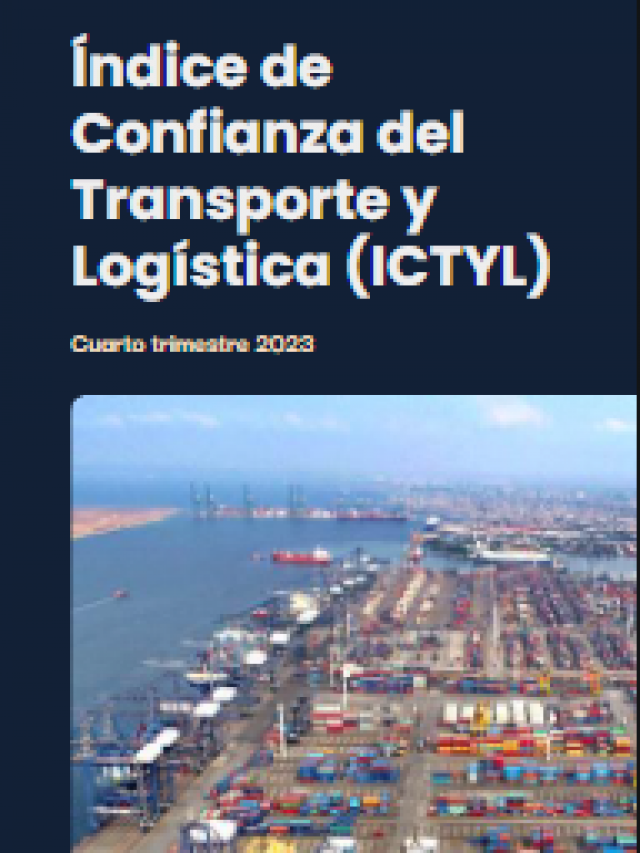 The construction of the Saltillo-Nuevo Laredo passenger train will cost 138 billion 60 million 144 thousand 361 pesos and will benefit more than 44,000 people, the federal government reported.
The construction of the Saltillo-Nuevo Laredo passenger train will cost 138 billion 60 million 144 thousand 361 pesos and will benefit more than 44,000 people, the federal government reported.
According to the cost-benefit analysis prepared by Transconsult and released by the Ministry of Finance and Public Credit (SHCP) , the Railway Transport Regulatory Agency (ARTF) provided the project outline, the location of stations and terminals, investment, execution schedule, as well as the status of technical, environmental and legal feasibility.

The document specifies that the project will have a length of 363.1 kilometers (km), in addition to five stops: two terminals, located at the ends of the route in Saltillo and Nuevo Laredo, and three intermediate stations located in Santa Catarina, Monterrey Centro, and Monterrey Norte.
“The implementation of the rail project means travel time savings of 34 minutes in the Monterrey Metropolitan Area, and 45 minutes on long-haul trips between Saltillo and Monterrey, and 110 minutes from Monterrey to Nuevo Laredo,” he says.
This rail project will utilize existing freight right-of-way , leased and operated by Canadian Pacific Kansas City (CPKC) of Mexico , and new right-of-way at certain points required to provide an optimized route.
The design speed of the route is 177-200 km/h and refers to a non-electrified double track, with track types: embankment, tunnels and viaducts.
The rolling stock to be used will be diesel-electric , designed to run on a track gauge of 1435 mm and a distance between rail mushroom centers of 1505 mm; with wheels compatible with a 115 RE Lbs/Yd rail.
The trains will have a capacity of 350-500 seats and will be less than 210 meters long. Eleven trains are required for the project to begin operating. They will each have an internal corridor, spaces for people with reduced mobility, luggage racks, restrooms, and a cafeteria.
“The preliminary project is being developed in eight sections between Saltillo and Monterrey with a variable right-of-way strip: 30 meters in segments of exclusive passenger road and 50 meters in segments where the passenger road shares the right-of-way with the freight road, with a 10-meter separation between the two,” he explains.
The document states that the change in transportation mode and the subsequent reduction in vehicular traffic on highways in metropolitan areas will reduce the economic and human losses caused by accidents on the region’s roads.
Likewise, it will reduce negative impacts on the environment, since the implementation of the Saltillo-Nuevo Laredo train project will reduce greenhouse gas emissions in the region.
The ARTF is in the process of acquiring the remaining properties to complete the Right of Way Clearance, which requires the funds allocated for the investment project.
It should be noted that, in this project, as in the Querétaro-Irapuato, AIFA-Pachuca and Mexico-Querétaro trains , the annexes to their technical, legal, economic studies and calculation reports of the Cost-Benefit Analysis were reserved by the Mexican government for five years.
Comment and follow us on X: @evandeltoro / @GrupoT21













